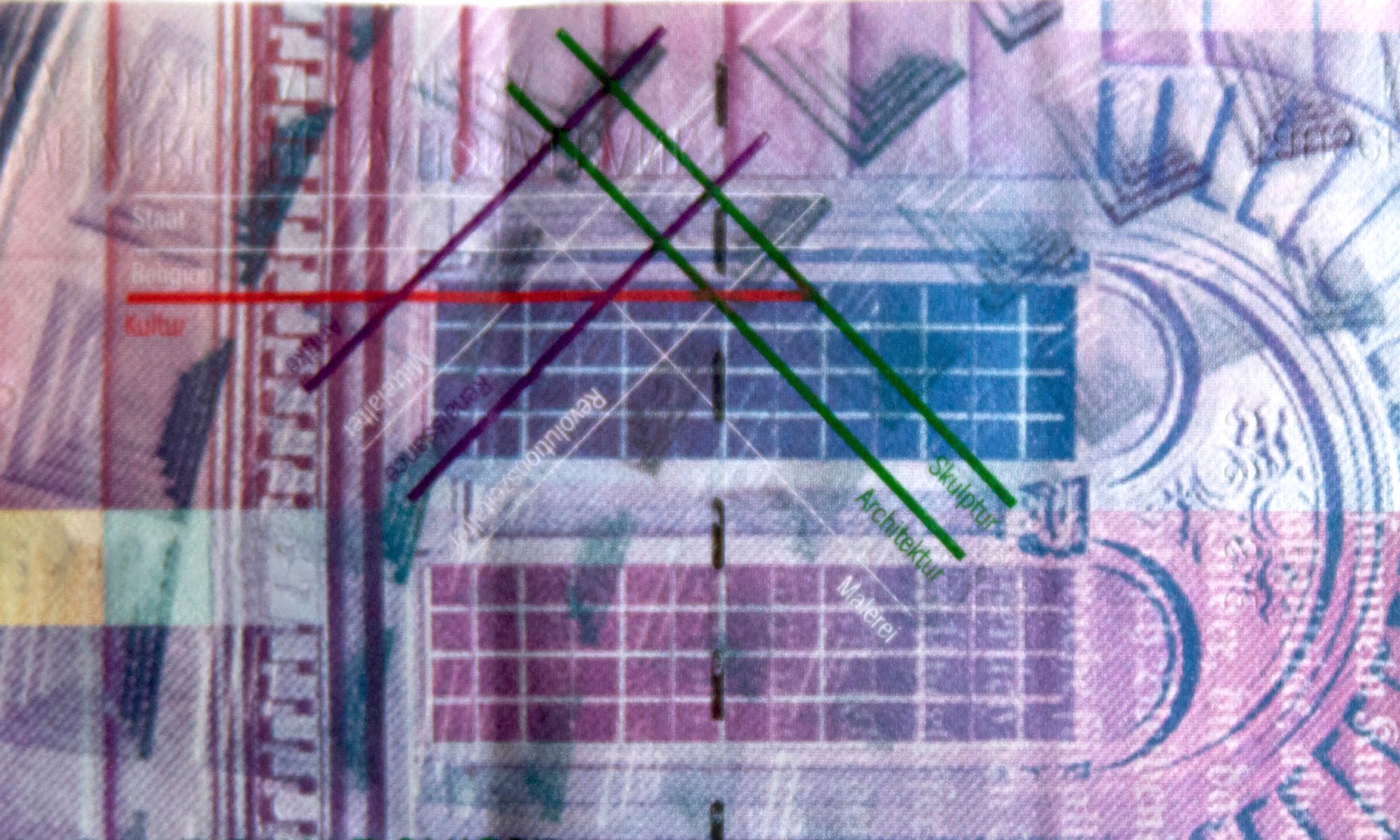
A more elegant experiment to demonstrate the Phi phenomenon or effect originally made use of two parallel line segments with a gap between them. By displaying them in alternation, there is a rate at which we start to perceive the two separate segments as a single line moving back and forth, however that remains unclear (see: wikipedia talk-page reference). We are perhaps more familiar with the effect as the spinning pinwheel, wait cursor, or chaser-lights lining the perimeter of theatre marquees.
What is peculiar about the phenomenon is not only that it works in creating the illusion of motion between recognizably static elements. Particularly, it also works to the extent of creating a persistent impression of an “objectively” inexistent unity of discernibly disparate parts. This break-down is not registered by our reality-monitoring mechanisms that otherwise are hard-wired to provide negative feed-back to processes that don’t pass parity-checks[1]. A basic function like recognition being central to discernment also makes it integral to selectivity and survival, it is just remarkable that it somehow serves us to let this one slide.
Analytically, I suppose it would not be exceedingly difficult to explain how this particular glitch may have been of use in the context of survival or hunting skills. For example, under conditions of low visibility. If the rate or fidelity at which we sample perceptions of an unknown object is somehow compromised, being able to correctly infer or deduce what fits those gaps in perception can become immanently significant. However this may be true, it neglects the initial intuition of there being something strange about the difficulty in identifying the insidious and persistent shadow cast by this phenomenon.
Its probably just another coincidence that the attempt to explain the nature of this effect’s temporal phenomenology can be so confounding. I do nonetheless feel compelled to share the current comments section on Wikipedia’s Phi Phenomenon Page, below. From what I gather, for the illusion of movement to qualify as Phi, the frequency of alternation between states must be high enough to make the perceived motion appear continuous. The motion between different positions should seem uninterrupted, or, fast enough to make the intervals look as though something was actually traversing the space between gaps. I adjusted the frame-rate of my animation to try and provide an example that approximated Phi movement accurately, however I think that the distance between different positions was too high for the required frequency. Click on “Expand text…” for Wikipedia discussion.
Talk:Phi phenomenon From Wikipedia, the free encyclopedia
Expand text...This is the current revision of this page, as edited by 2601:196:4700:30af:1909:f3fe:2e74:e777 (talk) at 01:53, 23 January 2017 (→Unclear difference between Phi phenomenon and Beta movement).
Isn’t this the basis of tv? a bunch of images being flashed on screen, each one slightly different then the last? there is no real motion non tv either, just us perceiving motion from rapid succession of still shots.
You’re talking about the gif, I take it…Yeah, it is, as far as I can see. This is beta!It’s not exactly my area of specialization, but it seems pretty damn clear to me that it’s not phi. The only “motion” I see is the brightened yellow disk moving around all over the place, so if this is a phi gif I need to contact my shrink and tell her I’m the only human being ever to see shapes in my phi. Really now…in an article whose gist, and rightly so, is how easily phi is confused with beta, wikipedia’s illustration of what phi really is, is in fact a perfect illustration of beta? I’m deleting this B.S. before any more of America’s famously vision-theory-obsessed teenagers get led astray by it, and we start losing out to the Communist kids who are getting their phi information from people who know what they’re talking about.205.212.73.217 09:27, 31 May 2007 (UTC)
Source: Talk:Phi phenomenon – Wikipedia — Permalink

